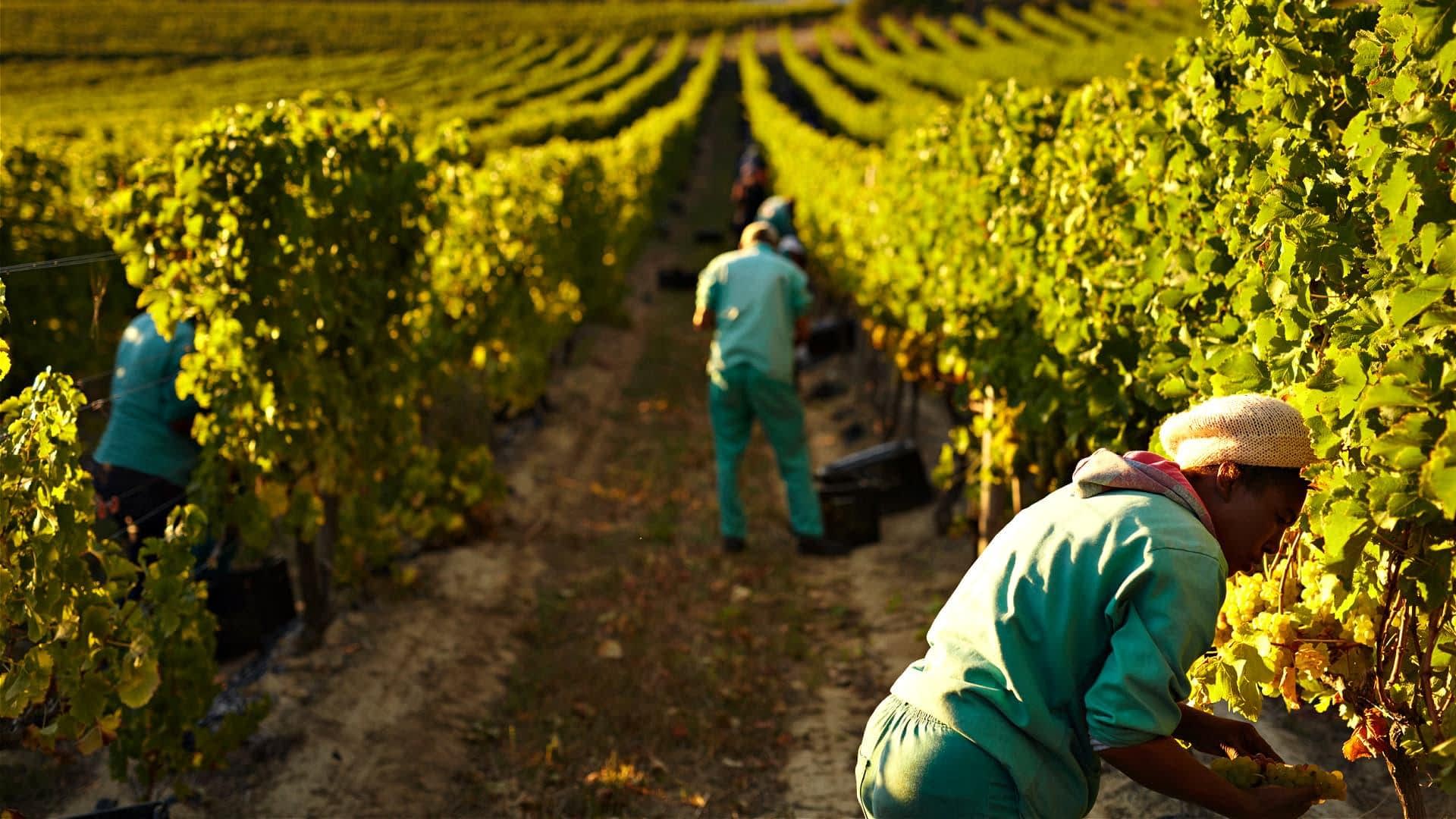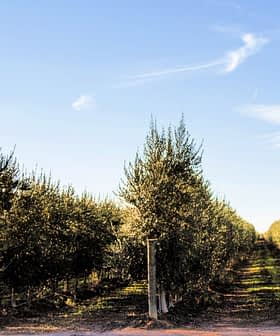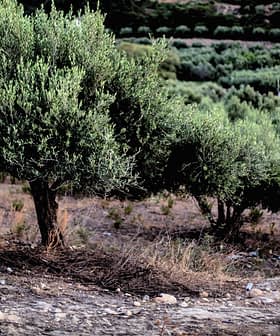Global Agriculture Loses Billions of Working Hours to Heat, Study Says

A new study from the Institute of Physics found that more than 675 billion labor hours are lost annually due to excessive heat and humidity, impacting sectors like agriculture and construction. The research projects annual labor losses equal to 1.7 percent of global GDP, with potential recovery by shifting work hours to cooler times of the day, but the effectiveness of these measures decreases as global temperatures rise. The study highlights the urgent need for adaptation strategies to mitigate labor productivity losses and ensure worker safety in essential sectors of the economy.
More than 675 billion labor hours are lost every year because of excessive heat and humidity, according to a new study from the Institute of Physics, a non-profit.
The research confirms projections of annual labor losses way higher than previously estimated, equal to 1.7 percent of global (GDP).
According to scientists, those losses mostly impact agriculture and construction but affect many different sectors.
See Also:Climate CovergaeGlobally, the productivity loss related to excessive heat tops 2.1 trillion in purchasing power – the value of currency in terms of the number of goods or services one unit of money can purchase. They added that 10 percent of the production capacity is lost to unbearable outdoor working conditions.
According to researchers, about 30 percent of those losses could be recovered by shifting work hours and having them rescheduled during cooler hours of the day. Still, the effects of such adaptation measures will reduce as global temperatures continue to rise.
In the last four decades, heat-related labor losses increased at least nine percent, a trend that demonstrates how even small changes, as low as a 0.5 ºC rise in average global temperatures, might impact labor productivity.
Another study, published in Nature Communications, shows how lost productivity is directly related to increased warming and that further adaptation measures are needed to curtail losses and ensure worker safety in essential sectors of the economy.
“The globe has warmed over the last several decades. Humid heat exposure has increased and labor has already been impacted,” Luke Parsons, a post-doctoral associate and lecturer at Duke University and co-author of both studies, told Olive Oil Times.
“It is possible to estimate labor losses due to humid heat exposure over about the last 40 years, and how these losses have changed in various regions,” he added.
Heat and humid heat represent potentially dangerous conditions for outdoor workers as high temperatures coupled with high humidity hamper the body’s ability to cool through sweating.
That means that farmers and many other workers must often slow down their work and hydrate, or even stop working and move to cooler locations to allow the body temperature to gradually come down.
More than 70 percent of the global working-age population – about four billion people, according to researchers’ estimates – currently live in environments where heavy labor losses due to humid heat exceed 100 hours per person per year.
“Our labor loss estimates are limited to workers in agriculture, fisheries, forestry and construction, but these sectors represent a significant proportion of the overall workforce in many regions, with approximately 69 percent of workers in low-income countries working in agricultural and other primary-sector occupations,” the researchers wrote.
“Workers in many locations are already stopping labor in the hottest part of the day because it is too uncomfortable to work or local regulations require work to halt if it becomes too hot,” Parsons added.
“Rescheduling labor to the cooler parts of the day is one potential adaptation strategy,” he said. “However, we show that as the globe warms, the coolest hours of the day also get warmer, so this adaptation strategy becomes less effective with each degree of global warming.”
“The focus of our research was not on other adaptation methods, but [those] can include adequate worker hydration, rest breaks in the shade, different types of clothing that protect workers from the sun or allow them to cool themselves more efficiently, mechanization of labor, movement of the most intensive tasks to cooler hours of the day, moving work that exposes workers to direct sun to the shade and acclimatization to heat,” he continued.
According to the researchers, labor productivity losses due to work rate reductions might amount to €250 billion to €275 billion per year globally.
Most of these losses occur in low to middle-income countries, at latitudes where agriculture and construction workers often find themselves working in unsafe conditions.
“In the coming century, human-driven warming of the planet will push many low-latitude regions even further into uncomfortable and unsafe conditions for outdoor labor, with heat exposure increasing relatively linearly as a function of global temperatures,” the researchers wrote.
See Also:La Niña Is Back, Bringing Rain and Drought for Second Straight YearThe research shows how the largest per-capita labor losses occur in Qatar, with 354 hours lost per person compared with the global average of 81 hours lost per person from 2001 to 2020.
The study projected that losses in Qatar will continue increasing more quickly than the global average for each degree Celsius of temperature rise. With an increase of just 1 ºC, the global average would grow to 134 hours per person with Qatar’s losses spiking to 530 hours per person.
“Humid heat exposure and associated potential heavy labor losses have increased across southern North America, much of Central and equatorial South America, equatorial Africa, Southwest Asia, South Asia, Southeast Asia, and parts of Oceania,” Parsons said.
The research shows how the global average loss would reach 212 hours per person with a 2 °C rise and 457 hours with a 4 °C rise.
To better understand new challenges associated with the impacts of heat on labor loss, the scientists said more research needs to be done.
“Although humid heat exposure and its impacts on worker productivity are important, our knowledge of how workers in specific locations and situations respond to heat exposure is limited,” Parsons said.
The Duke University researcher also stressed how current data used by many researchers “rely on past studies of agricultural workers and miners that measured how much work productivity was lost when workers were exposed to various levels of heat and humidity.”
“The scale and distribution of the impacts of humid heat on labor loss indicate significant risks to the resilience and well-being of outdoor workers, as well as the families that rely on these workers for their livelihood,” the scientists concluded. “The ability of workers to earn incomes in safe work environments is important for tackling global poverty, addressing household climate resilience and for national economic development.”









